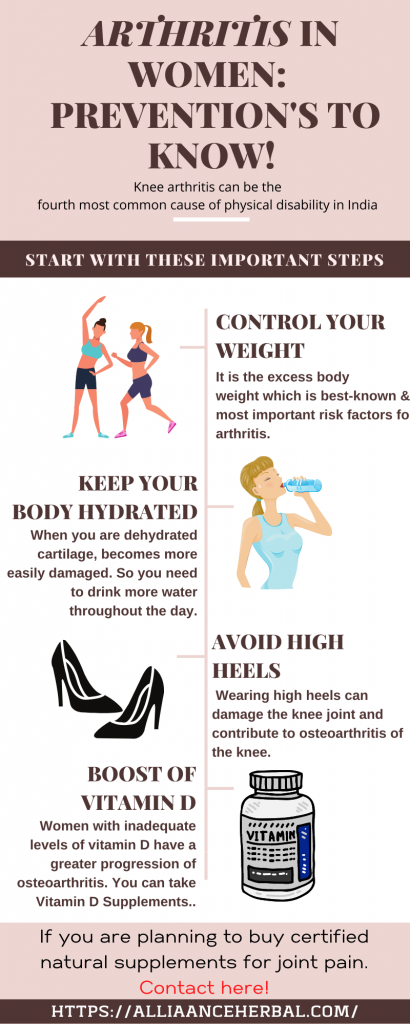It not only causes sheer discomfort but also impacts your ability to do daily tasks.While there are many medications and herbal supplements to manage the symptoms of arthritis, you need to take care of your diet. Some foods are rich in antioxidants, anti-inflammation and analgesic properties. It means that they can minimize the production of inflammation as well as stop pain—the two most debilitating factors associated with arthritis and joint pain.
Without further ado, let’s walk through the list of best foods for arthritis:
Fatty Fish:
Fatty fish varieties such as salmon mackerel sardines and trout are high in omega-3 fatty acids which have been shown to have potent anti-inflammatory effects.
Many studies have proved that taking omega-3 fatty acid supplements can decrease joint pain intensity and morning stiffness.
Ginger:
Besides adding flavor to tea, soups and sweets, ginger may also help ease the symptoms of arthritis.
A 2001 study assessed the effects of ginger extract on 261 patients with osteoarthritis of the knee. After six weeks, sixty-three per cent of participants experienced improvements in knee pain.
Consuming ginger in fresh powder or dried form may reduce inflammation and aid in reducing symptoms of arthritis.
Walnuts:
Walnuts are nutrient-dense and loaded with compounds that may help reduce the inflammation associated with joint disease.
Walnuts are especially high in omega-3 fatty acids which have been shown to reduce the symptoms of arthritis.
Spinach:
Leafy greens like spinach are full of nutrients and some of their components may actually be able to help decrease inflammation caused by arthritis. Several studies have found that a higher intake of fruits and vegetables is linked to lower levels of inflammation spinach.
They contain plenty of antioxidants as well as plant compounds that can relieve inflammation and help fight disease.
Olive Oil:
Olive oil is known for its anti-inflammatory properties, making it one of the effective foods for arthritis and joint pain.
According to one study performed on 33 participants with and without rheumatoid arthritis, olive oil can lower the risk of the disease.
Garlic:
Garlic is rich in anti-inflammatory properties.
Some studies have shown that garlic may enhance the function of certain immune cells to help strengthen the immune system.
Adding garlic to your diet could benefit both arthritis symptoms and overall health.
Broccoli:
It’s no secret that broccoli is one of the healthiest foods out there.
It contains important components that can help reduce symptoms of arthritis. For example, sulforaphane is a compound found in broccoli that has been found to block the formation of a type of cell involved in rheumatoid arthritis.
Berries:
Berries are rich in plenty of antioxidants, vitamins and minerals. All these elements can be useful in reducing inflammation. Berries are rich in Quercetin and routine to plant compounds that
Grapes:
Grapes are high in antioxidants and possess anti-inflammatory properties. They contain several compounds that are beneficial in the treatment of arthritis. For instance, they contain resveratrol that is an antioxidant present in the skin of grapes. Resveratrol is good for joints and can lower inflammation.
Tart Cherry Juice:
This delicious juice offers a wide array of nutrients and health benefits and may even help reduce the symptoms of arthritis. Researchers have studied different amounts of several varieties of cherries in every form, from pills to juice. Although the studies are limited, evidence of the advantage of cherries for arthritis is growing.
How cherry can help reduce arthritis or joint pain?
According to the studies, it is due to plant pigments known as anthocyanins that have strong antioxidant and anti-inflammatory properties. They help reduce inflammation by curbing pro-inflammatory compounds in the body, such as COX or cyclooxygenase.
They are found in red and purple fruits, including blueberries and raspberries, but cherries like tart cherries have higher levels.
Tart cherry juice is also packed with other polyphenols, including flavonoids. All of these compounds make tart cherry juice an effective antioxidant and anti-inflammatory food for people with arthritis.
Make sure to look for an unsweetened variety of tart cherry juice to make sure you don’t consume excess added sugar.
Whole Grains:
Take it a step further and add whole grains to your diet. Whole grains reduce levels of C-reactive protein or CRP in the blood. CRP is an indicator of inflammation associated with heart disease, arthritis and diabetes.
From bulgur, oatmeal, brown rice, quinoa to faro, there is plenty of variety to choose from. These varieties provide extra nutrients and fibre that only whole grains can add naturally. Make sure to eat between three to six ounces of grains a day.
You can try them as side dishes.
Olive Oil:
Did you know that olive oil and ibuprofen (a pain killer) have more in common when it comes to treating arthritis or other body pain?
However, unlike ibuprofen, olive oil doesn’t harm your health.
Studies have found that olive oil is packed with several anti-inflammatory compounds. One of such compounds is oleocanthal that works just like ibuprofen. This compound works to minimize and prevent inflammation by preventing pro-inflammation enzymes such as COX-1 and COX-2. This is what ibuprofen does to reduce inflammation and pain.
When inflammation is reduced, you feel relief. Olive oil also comes with other health benefits.
According to the researchers, 3 and a half Tbsp. of the olive oil is equal to a 200-mg tablet of ibuprofen. This is because olive oil is high in calories.
Avoid heating olive oil to high temperatures, as it can kill some of the beneficial properties. At a lower temperature between 300-340 degrees, you can fry or sauté vegetables. Or it is better if you use it to dress your salads.
So these are some best foods for arthritis. However, it is better to see your doctor if the symptoms worsen. What do you think?
Let us know by commenting below!






